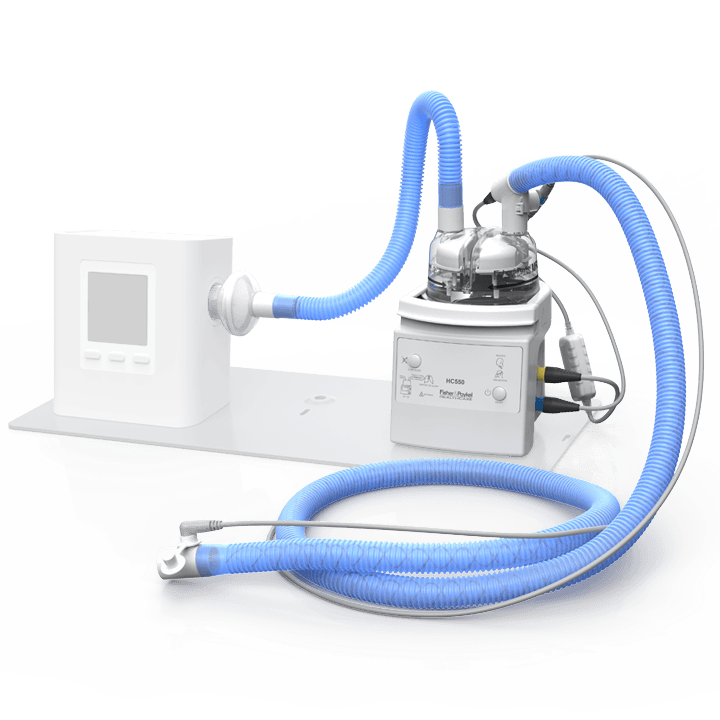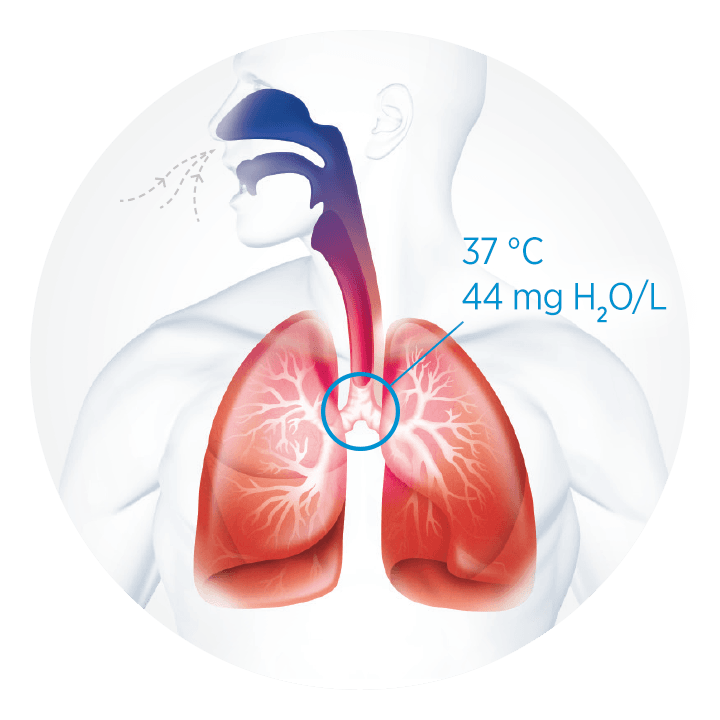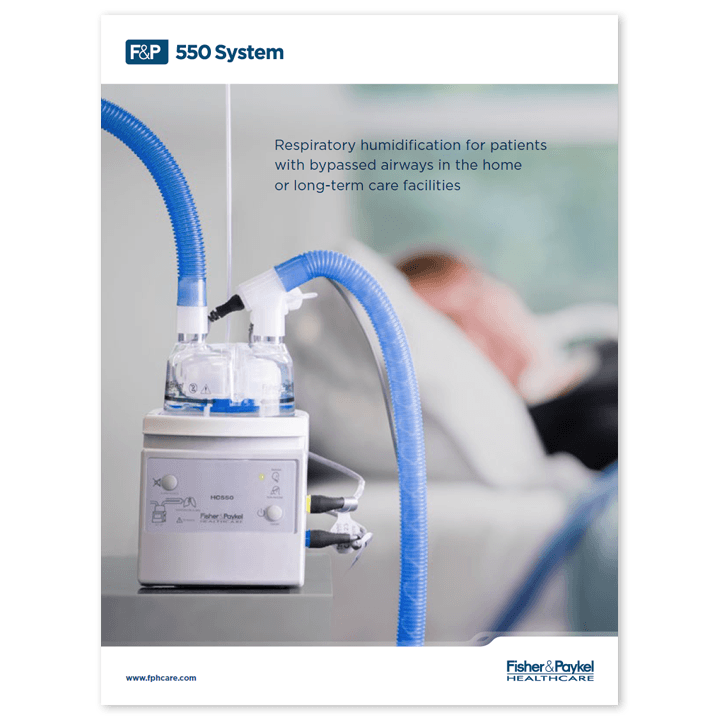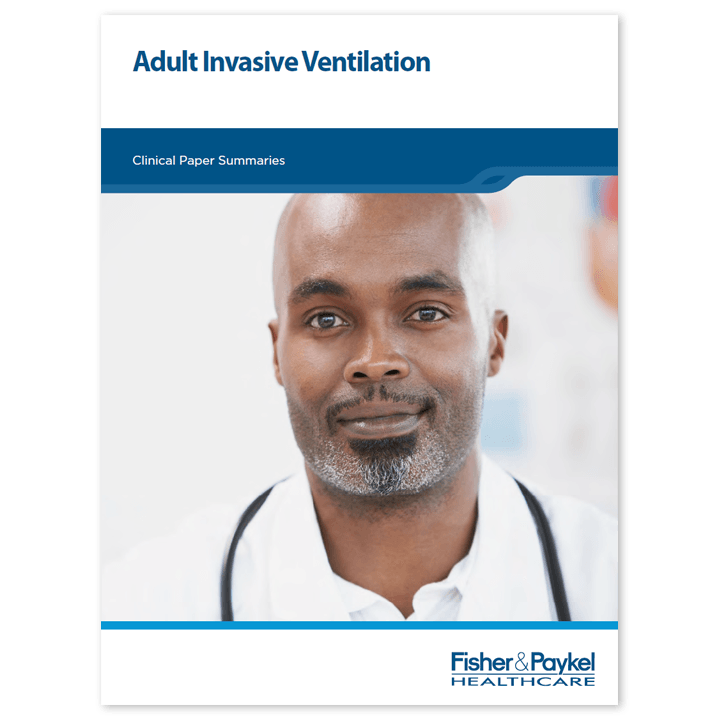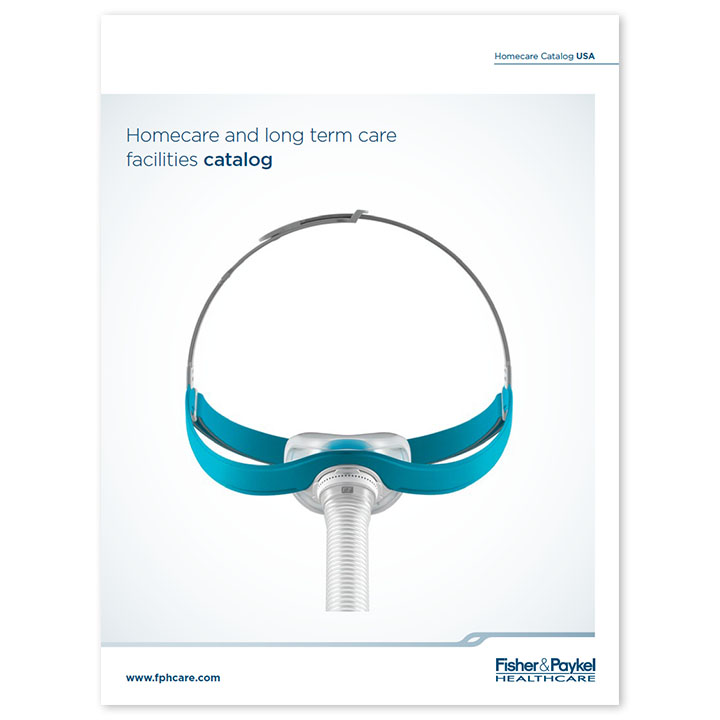Invasive respiratory support uses a ventilator to enable or support lung function and subsequent gas exchange.1
In the home, invasive long-term mechanical ventilation generally refers to patients who receive positive pressure ventilation via a tracheostomy tube.1 Some of the most common indications for a tracheostomy include the requirement for prolonged mechanical ventilation to overcome upper airway obstructions and facilitate secretion management.2
The upper airway provides 75% of the heat and moisture supplied to inspired gas.3 Invasive ventilation bypasses the natural filtration mechanisms, humidification and warming of inspired air.3 Therefore, heating and humidifying inspired gas during invasive ventilation is well-established as the standard of care4 and mandated by AARC guidelines.5
The normal adult airwayThe respiratory system is a highly balanced mechanism reliant on humidity.6 As air travels down the airway during normal inspiration, heat and moisture are drawn from the airway mucosa until the gas reaches 37 °C, 44 mg H₂O/L close to the carina.7,8
The airway mucosa needs to retain a balance of heat and moisture to maintain a fully functioning mucociliary transport system (which traps contaminants in mucus and moves them up and out of the airway) and acts as an efficient line of defense.6 This process plays an important role in efficient gas exchange by maintaining clear and open airways with effective mucus clearance.6Bypassed airwaysBypassing the upper airway, such as with a tracheostomy tube, also bypasses the upper airway's humidifying surfaces and filtration mechanisms. It also compromises the protective cough, gag and sneeze reflexes.9 Complications associated with the failure to heat and humidify inspired gases for patients with bypassed airways include thickening of secretions, slowing and inefficiency of the mucociliary transport system, drying of the airway, airway obstruction (including blockage of artificial airways) and bronchoconstriction.10
The benefits of heated humidification for patients with bypassed airwaysSecretion clearance for efficient gas exchange and ventilationSecretion clearance via the Mucociliary Transport System is fundamental to limiting airway occlusion and promoting efficient ventilation and gas exchange.6 Humidification is integral to secretion management in mechanically ventilated patients11 and assists with secretion mobilization and removal.10,12
Insufficient respiratory humidification can result in diminished cilia activity, decreased cilia beat frequency, ciliary destruction and cellular damage.6,10 The resulting increase in mucus viscosity and impaired mucociliary clearance may lead to secretion retention, airway occlusion and atelectasis.6Supporting the natural defense mechanisms in the airwayWhen mucociliary transport is inadequate due to an imbalance of heat and moisture, mucus can turn into a risk factor instead of a defense mechanism.13 Therefore, humidification and as-needed suctioning are the foundations of secretion management in mechanically ventilated patients.11 Heated respiratory humidifiers can deliver a higher level of heat and humidity than heat and moisture exchangers (HMEs).4 Accordingly, humidifiers are the humidification method of choice for some patients.5,11 Persistent airway inflammation and mucus retention are also clinical problems in patients with chronic respiratory diseases, such as obstructive pulmonary disease and bronchiectasis. Homecare patients commonly use home ventilators and using a humidification system can improve secretion clearance.14,15 | The respiratory system is a highly balanced
mechanism reliant on humidity.
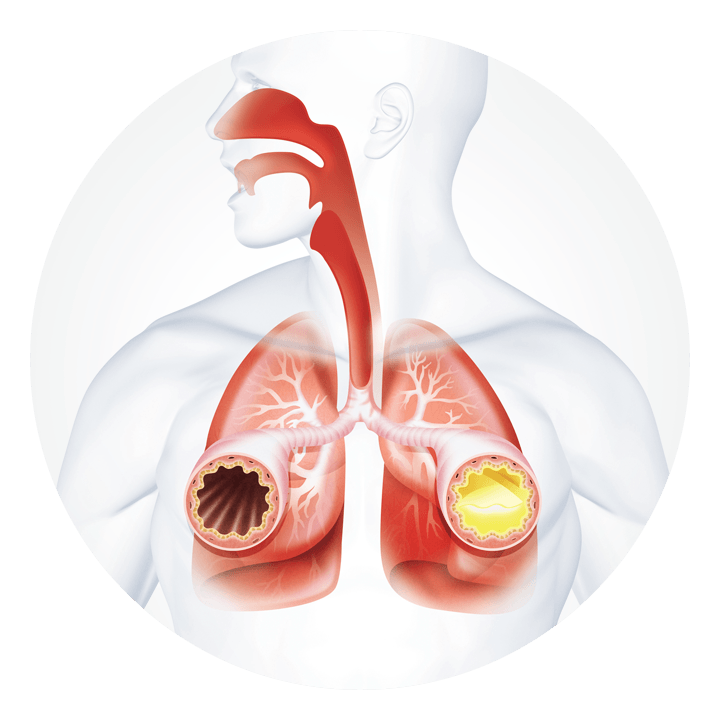 Normal vs. occluded airway |
